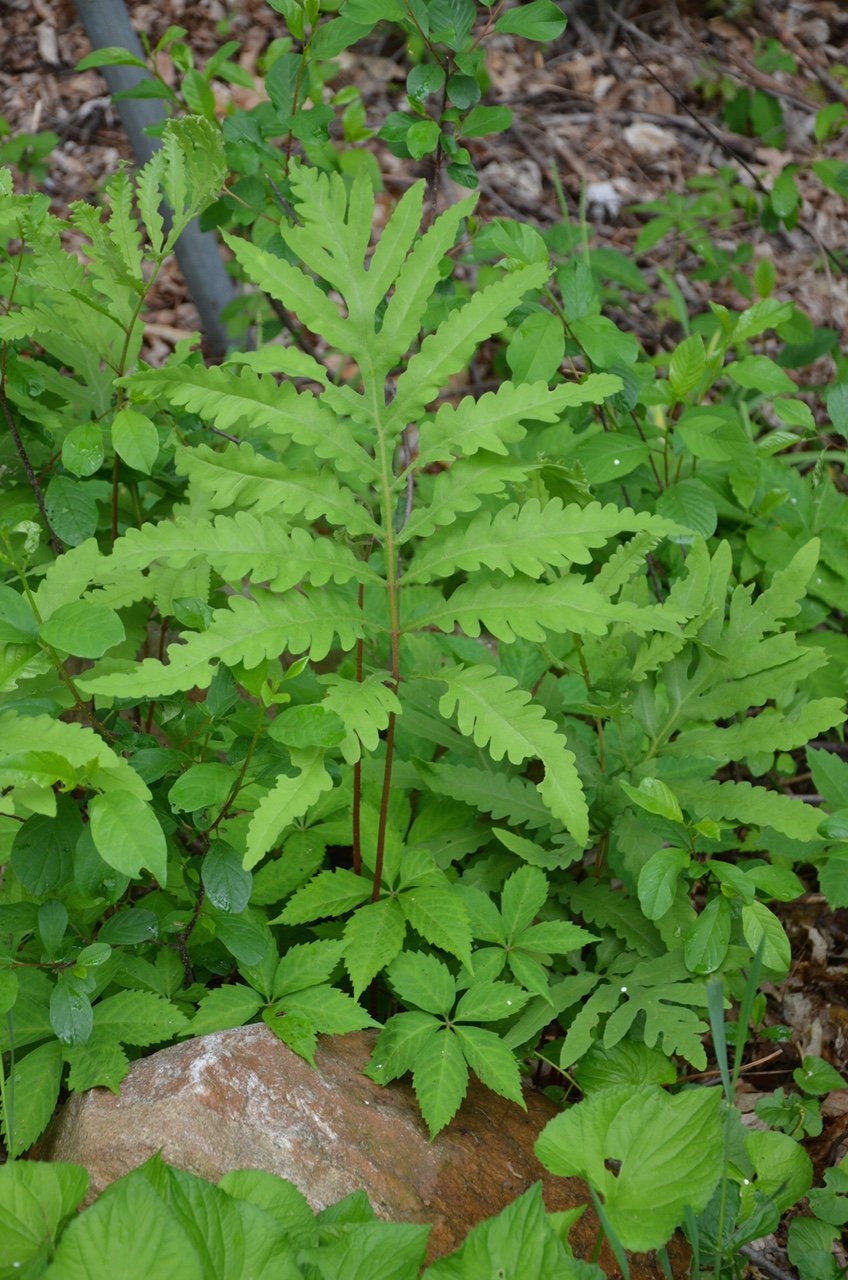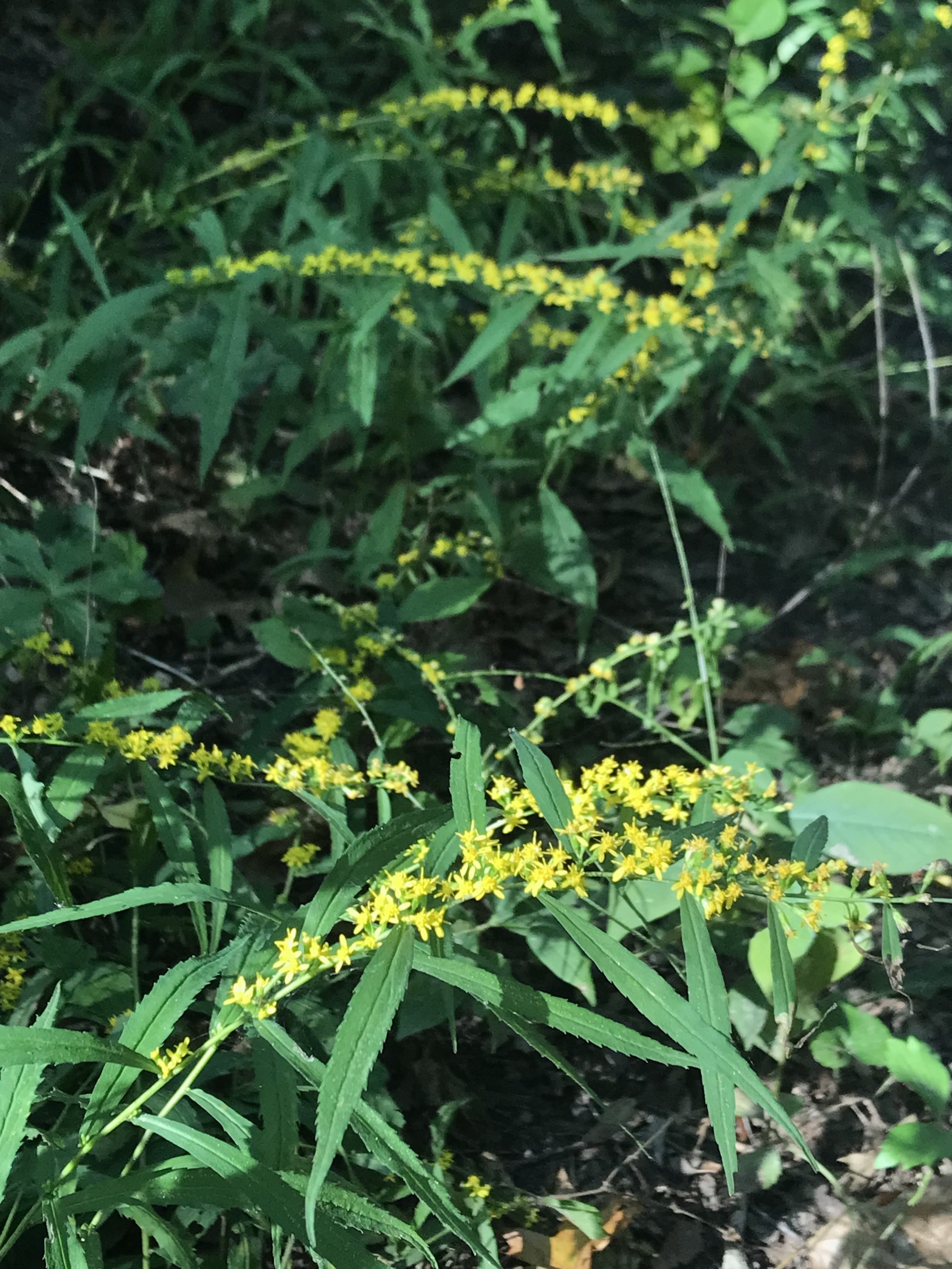 Image 1 of 10
Image 1 of 10

 Image 2 of 10
Image 2 of 10

 Image 3 of 10
Image 3 of 10

 Image 4 of 10
Image 4 of 10

 Image 5 of 10
Image 5 of 10

 Image 6 of 10
Image 6 of 10

 Image 7 of 10
Image 7 of 10

 Image 8 of 10
Image 8 of 10

 Image 9 of 10
Image 9 of 10

 Image 10 of 10
Image 10 of 10











Virginia Bluebells (Mertensia virginica)
Who can resist the blue trumpet shaped flowers of Virginia Bluebells?
Virginia Bluebells grow in floodplains and where they are found, it is often in great profusion. The leaves are spring green, large, and oval. But of course the stars of the show here are the clusters of blue tubular flowers. Only bees with long tongues can reach the nectar and most often butterflies and moths are the pollinators. Although, I have seen small bees crawl up into the tubes.
As with other ephemerals, they emerge before the leaves on the trees so they have ample light to photosynthesize. They die back after they flower and the tree leaves emerge and shade them out.
Buds of Virginia bluebells are often bubblegum pink and as they mature they turn blue. Sometimes white blossoms can be found. I have also seen Virginia bluebells that have stayed pink and also lavender colored flowers.
Consider planting several of these together for a mass effect. These plants are called deer resistent by Prairie Moon Nursery.
If you’d like to see bluebells in profusion where they’ve likely been for eons, I’d suggest visiting Aman Park near Grand Rapids at the end of April or in early May. It’s a real treat as Virginia Bluebells are threatened in Michigan. A bucket item list for anyone who loves wildflowers. The trillium displays are also out of this world.
Virginia Bluebells (Mertensia virginica)
Michigan Flora reference page for state distribution: Virginia Bluebells
height: 2 feet
bloom time: April-May
soil: medium, rich
sun: partial, shade
flower: blue
plant spacing: 18”
family: Boraginaceae
life cycle: perennial
Michigan conservation status: threatened
Who can resist the blue trumpet shaped flowers of Virginia Bluebells?
Virginia Bluebells grow in floodplains and where they are found, it is often in great profusion. The leaves are spring green, large, and oval. But of course the stars of the show here are the clusters of blue tubular flowers. Only bees with long tongues can reach the nectar and most often butterflies and moths are the pollinators. Although, I have seen small bees crawl up into the tubes.
As with other ephemerals, they emerge before the leaves on the trees so they have ample light to photosynthesize. They die back after they flower and the tree leaves emerge and shade them out.
Buds of Virginia bluebells are often bubblegum pink and as they mature they turn blue. Sometimes white blossoms can be found. I have also seen Virginia bluebells that have stayed pink and also lavender colored flowers.
Consider planting several of these together for a mass effect. These plants are called deer resistent by Prairie Moon Nursery.
If you’d like to see bluebells in profusion where they’ve likely been for eons, I’d suggest visiting Aman Park near Grand Rapids at the end of April or in early May. It’s a real treat as Virginia Bluebells are threatened in Michigan. A bucket item list for anyone who loves wildflowers. The trillium displays are also out of this world.
Virginia Bluebells (Mertensia virginica)
Michigan Flora reference page for state distribution: Virginia Bluebells
height: 2 feet
bloom time: April-May
soil: medium, rich
sun: partial, shade
flower: blue
plant spacing: 18”
family: Boraginaceae
life cycle: perennial
Michigan conservation status: threatened
Who can resist the blue trumpet shaped flowers of Virginia Bluebells?
Virginia Bluebells grow in floodplains and where they are found, it is often in great profusion. The leaves are spring green, large, and oval. But of course the stars of the show here are the clusters of blue tubular flowers. Only bees with long tongues can reach the nectar and most often butterflies and moths are the pollinators. Although, I have seen small bees crawl up into the tubes.
As with other ephemerals, they emerge before the leaves on the trees so they have ample light to photosynthesize. They die back after they flower and the tree leaves emerge and shade them out.
Buds of Virginia bluebells are often bubblegum pink and as they mature they turn blue. Sometimes white blossoms can be found. I have also seen Virginia bluebells that have stayed pink and also lavender colored flowers.
Consider planting several of these together for a mass effect. These plants are called deer resistent by Prairie Moon Nursery.
If you’d like to see bluebells in profusion where they’ve likely been for eons, I’d suggest visiting Aman Park near Grand Rapids at the end of April or in early May. It’s a real treat as Virginia Bluebells are threatened in Michigan. A bucket item list for anyone who loves wildflowers. The trillium displays are also out of this world.
Virginia Bluebells (Mertensia virginica)
Michigan Flora reference page for state distribution: Virginia Bluebells
height: 2 feet
bloom time: April-May
soil: medium, rich
sun: partial, shade
flower: blue
plant spacing: 18”
family: Boraginaceae
life cycle: perennial
Michigan conservation status: threatened
A lot of habitat for these beauties has been lost. There are areas in the state where cultivated plants have escaped into the wild and these are not considered in the native range. Search for Mertensia on Michigan Flora and scroll down to the county map section. Blue dots indicate an escape from cultivation while red dots indicate threatened plants in natural settings.












































